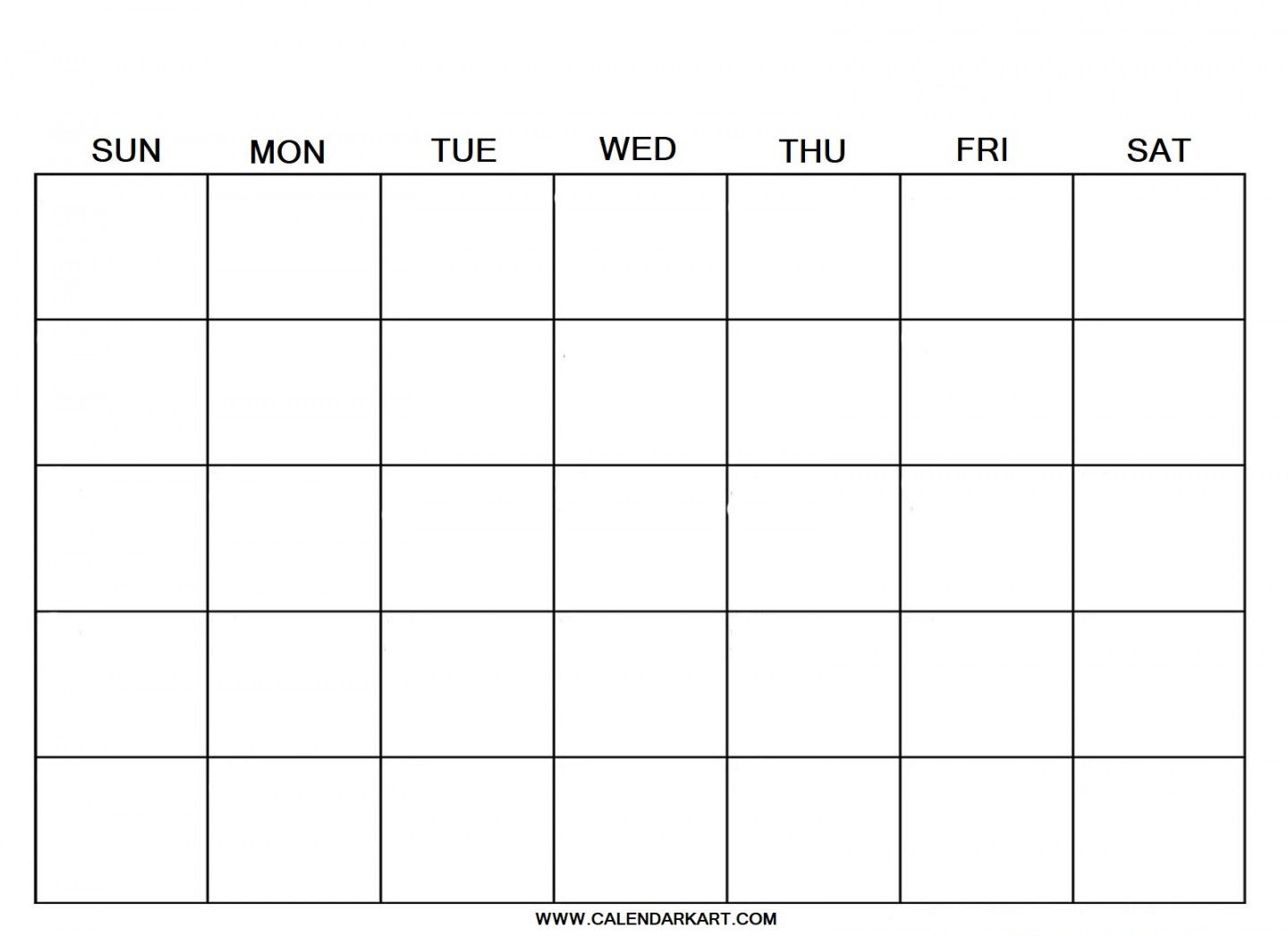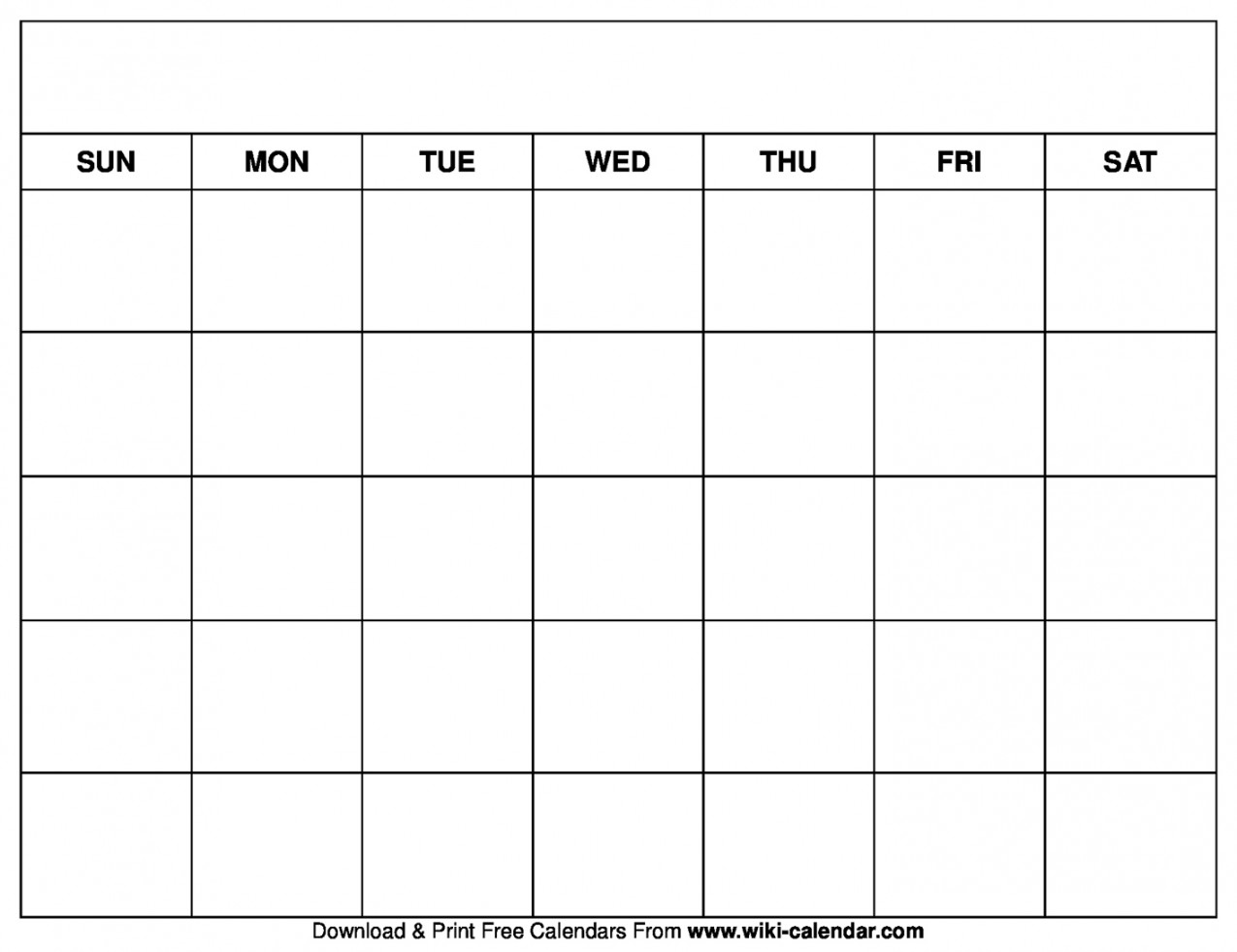Calendar Blank Sheets
The Verge’s favorite tools to stay organized
Life these days can be very complicated, and many of us — I’d guess that most of us — are constantly looking for the best method to keep our lives in order. What do you need on your grocery list? When is that work project due, and who is working on it with you? A friend wants to do a movie-watching session, but is that the same day you promised your parents to help clean the garage? Which bills are due, and can you afford to pay them all? Where is that article about which masks to wear? And on and on.
So we’ve asked the staff of The Verge what they use to keep track of all their appointments, tasks, projects, and workflows. And it turns out that they use a variety of different apps or some fairly old-fashioned paper-and-pen solutions — or both.
If you’re finding that this year is turning out to be a confusing one and you need a way to try to keep your life and your sanity in order, here are some methods that we use. We hope they are helpful.
Doing it digitally

Sharing notes
My wife and I jot things down on a shared Apple Note so that we can remember to chat about them over dinner or whenever we have a few seconds during the day together. It’s something we’ve been doing for years as a way to keep track of things like chores, reminders, passing thoughts, and silly links we find on the internet.
We both primarily use Apple devices, so it’s easy to add something to the note while on our computers at work or while we’re out in the world with our phones, but you could easily replicate this with a shared Google Doc or some other shared document service. Highly recommend!
Keep a task list
Jennifer Pattison Tuohy, reviewer
I have been on an organizational quest for decades. For years, I stuck with analog for managing contacts, to-do lists, and random thoughts. Having grown up with a Filofax as my tool of choice, handwritten notes always seemed to work well for me. I even flirted with Bullet Journal-ing for a year or two. But I soon realized life is too short not to fully embrace digital to-do lists. My problem was, which one?
My favorite had been Wunderlist until it got bought by Microsoft and disappeared. I tried Trello but quickly tired of its too-wide interface. Then, like the proverbial Goldilocks, I tried all the apps, but they were either too expensive, too simple, or too complicated. (When you need to add “figure out how to use my to-do list” to your to-do list, something is wrong.)
Then I found Todoist. Simple, straightforward, and super powerful, it’s a basic make-a-list-and-cross-it-off app that has superpowers if and when you want them (or want to pay for them) but just works (for free) when you need it to.
My favorite features are that it’s cross-platform, fast to load (I use Evernote for notes, but it’s too slow for to-dos), and I can reschedule all my tasks with one click. I also love that I can import items from places like Slack and Chrome and turn them into tasks, as well as easily separate Work from Personal.
But my genuine favorite thing is the iOS lock screen widget for Todoist, which lets me add a task in record time even without unlocking my phone.

Toaster tasker
Andru Marino, senior audio producer
As an audio engineer, I prefer not to use sounds like dings or rings as reminders while I’m working. Instead, I rely on my sense of smell. When I need to remember an important meeting, I place a slice of bread in my toaster oven, which is connected to a Wemo smart plug. Then, I ask my Google Assistant to turn on the toaster five minutes before the event. When I smell toast, it reminds me that I have a meeting in a few minutes.
Pomodoro practicality
Victoria Song, senior reviewer
I’ve used the Pomodoro method a lot ever since the pandemic wrecked my focus, which is why the Focus To-Do app is a godsend. It’s a combination of a to-do app and a Pomodoro timer. I wrote a more in-depth blog about it a while back, but the gist is it helps me get started on things I’ve been putting off. It’s also got an option to play white noise for times when you really need to hunker down, and you can sort to-dos by projects and set deadlines. I find it’s best for time-consuming and long-term tasks and errands — think writing drafts, cleaning your home, or setting aside time to practice a skill. You don’t have to use the method perfectly, but for some reason, setting timers makes the biggest tasks a lot more digestible.

AI-powered organization tools
Jess Weatherbed, news writer
A big part of my ADHD diagnosis involved how little traditional methods of planning and staying organized just did not work for me. My apartment is littered with the ghosts of paper journals and immaculately designed “to-do” planners with barely a handful of pages filled in between them. Things have improved slightly since starting on medication, but I have found one particular planning app that I’ve managed to stick with for several weeks.
Goblin.tools is a collection of helpful AI-powered tools for neurodivergent folk that help to break down large tasks into smaller, easily actionable steps. Typing something like “tidy the kitchen” into its Magic ToDo feature will spit out a checklist of tasks for you to tick off, such as “clear the countertops” and “take out the trash.” It’s great for pushing past the weird ADHD paralysis when tasks feel overwhelming, and you can customize the breakdown level to suit how much help you need.
It includes a few other tools to help you estimate how long it will take to complete a task, plan meals based on ingredients you already have at home, and analyze the tone of written content to avoid unintentionally coming across as an asshole. Otherwise, my backup is to set a million alarms on my phone to alert me to complete household chores at a specific time and stick to a fixed routine — though I’d advise against this unless you live with very accommodating roommates.
The analog approach

Fountain pens
Antonio G. Di Benedetto, commerce writer
I’ve tried digital solutions to organize myself, yet I often come back to pen and paper. I’m more focused when taking a moment to jot something down, whether it’s making a to-do list and outline in my notebook or creating an up-to-the-minute morning routine on an index card.
I channel my obsessively geeky tendencies into my choice of writing instrument. I got into fountain pens years ago, and I’ve picked up a bunch that I love using. They motivate me to take personal notes, get organized, and plan out my day — because I just like writing with these pens, even when it’s only a few words and a checkbox.
Find yourself something you like to write with, whether it be a fancy (or affordable) fountain pen, a quirky gel pen bought off AliExpress that looks like a cute bear (I have this, too), or a cheap ballpoint that just feels right to you. Fountain pens can be finicky, but they make everything very purposeful. Check out the Lamy Safari for a tried-and-true pen that is fairly inexpensive but undeniably good or the TWSBI Eco for a bit more money and get a cool bottle of colorful ink you can see slosh around in the translucent piston-filled barrel. You’ll feel like the coolest nerd around.
Planner pad
Adi Robertson, senior tech & policy editor
I am apparently downright incapable of remembering to look at a schedule or a reminder on a screen, and while small freeform notepads are great for planning individual tasks, I needed something on my desk that would tell me what I’m doing at a glance. Turns out that thing is the Executive Size Planner Pad, a straightforward day / month / year planner that includes a calendar for marking big dates, an hourly appointment schedule for setting up my day, and space for weekly tasks and a daily to-do list. It’s reasonably priced and easy to check quickly, and it strikes a good balance of nudging me toward writing out my schedule without forcing me into over-complicated productivity hacks.
A notebook with removable pages
Barbara Krasnoff, reviews editor
Between holding a full-time job, being a caretaker for an elderly parent, and trying to prepare a novel to send to my agent, things can get very crowded in my head. As a result, I use a lot of different tools for making sure things don’t fall through the cracks — because there is no one tool that does it all. For example, I use Evernote (yes, still) for storing and finding personal information, TickTick for my personal to-do list, and Notion for tracking my work tasks and thoughts. But I still need someplace to physically scribble notes and refer to them later, and for that, I use a Circa Discbound notebook from Levenger.
The nice thing about these is that the pages are held in place by discs in the spine of the notebook and can be pulled out (without having to be torn out) and then replaced elsewhere. I have a section in the notebook for work items, one for notes having to do with doctor visits and other issues, and one for any thoughts that I’ll want to use in my fiction. And if I suddenly need to take a note quickly, I don’t have to worry about finding the right section — I can just use any blank page and then pull it out and place it where I can find it later.
I should mention that, for a time, I felt betrayed by Levenger. I use the “compact” size notebook because it is the most portable and fits in all my various bags, but at one point, for some unknown reason, the company stopped carrying that size — and the pages that fit in it. So I had to buy replacement pages from various vendors on eBay. I was beginning to wonder what to do when that resource ran out — until Levenger apparently changed its mind and started selling the compact pages and notebooks again. Phew!
A simple and inexpensive tool
Sheena Vasani, commerce writer
I use a combination of things, but this simple $4.79 Five Star notebook is my favorite tool. Although I don’t adhere to it religiously, I like the bullet journal approach, so I manually number each page and add a separate index sheet in one of the notebook’s folders to easily find what I need by categories I’m constantly creating. I like color, so I use a few markers and pens but nothing too fancy.
For me, the simpler and cheaper the notebook is, the better because I find I feel less guilty about using it not just to write out my to-do list but also to plan, brainstorm, quickly jot down notes, journal, add my grocery shopping lists, and more. I find I just can’t do all of that when I have a high-end or exceptionally beautiful notebook. Don’t get me wrong — I have a collection of stunning journals that look like art, but I rarely use them because I know it’ll be expensive to buy another. When I do actually use them, I almost feel this kind of pressure to make my entries as organized, attractive, and as Pinterest-worthy as possible — while never actually getting anything done (true story).